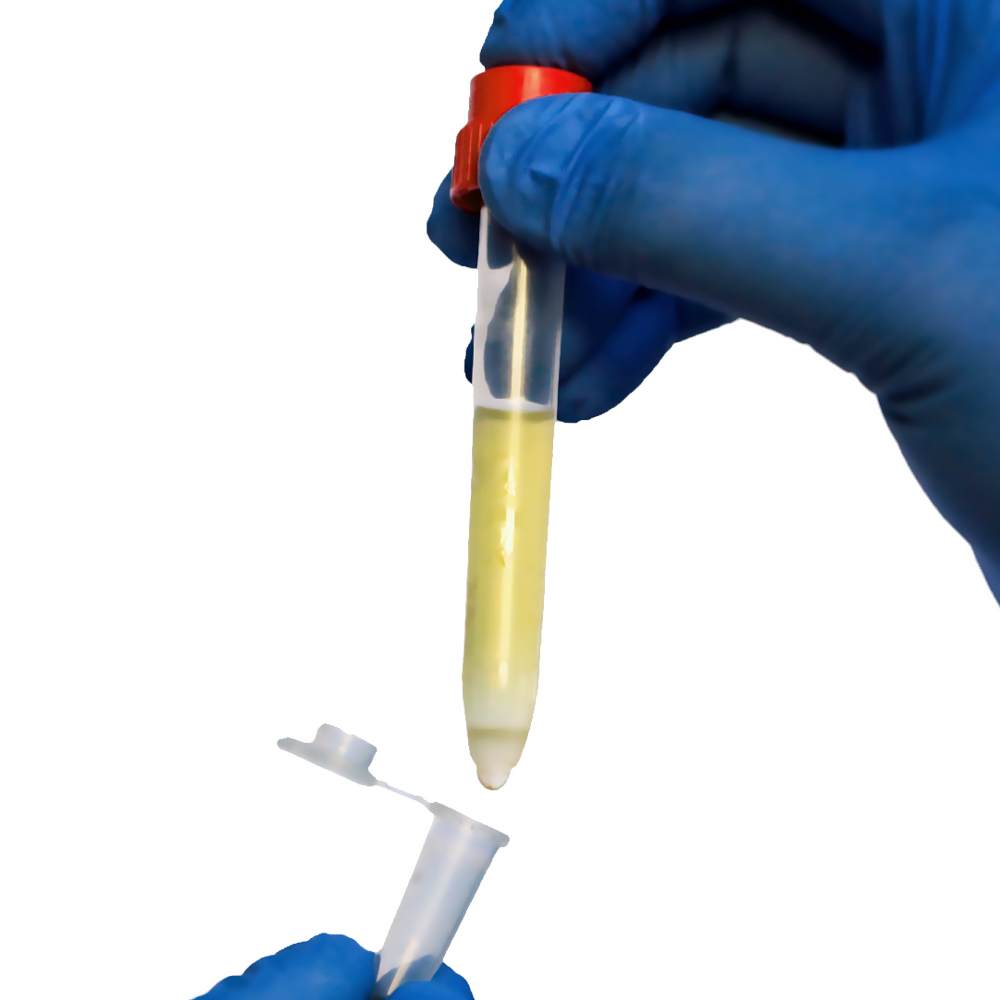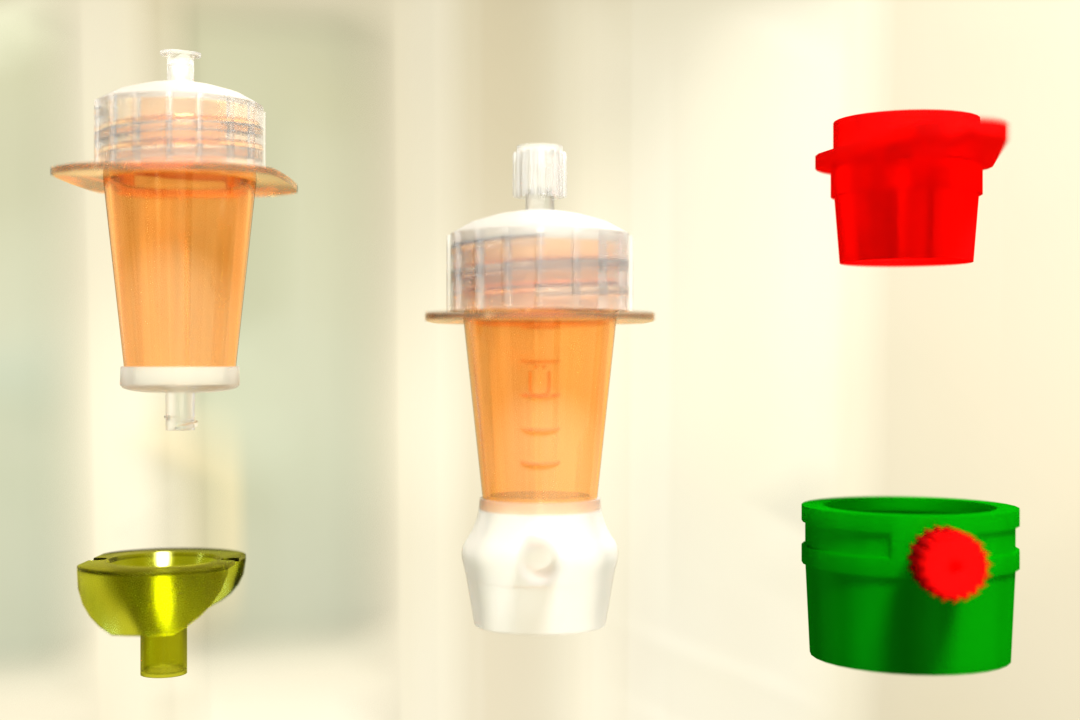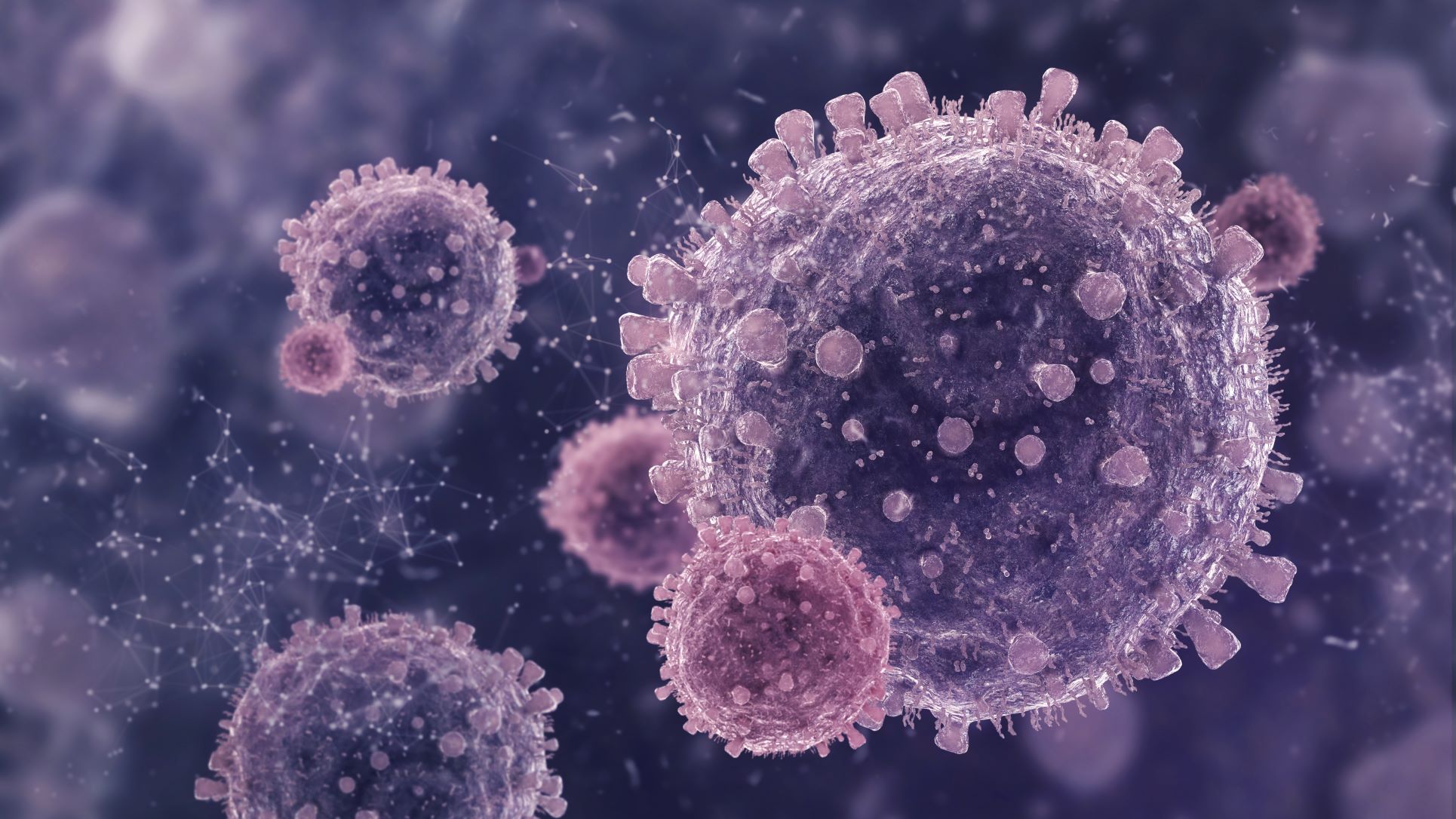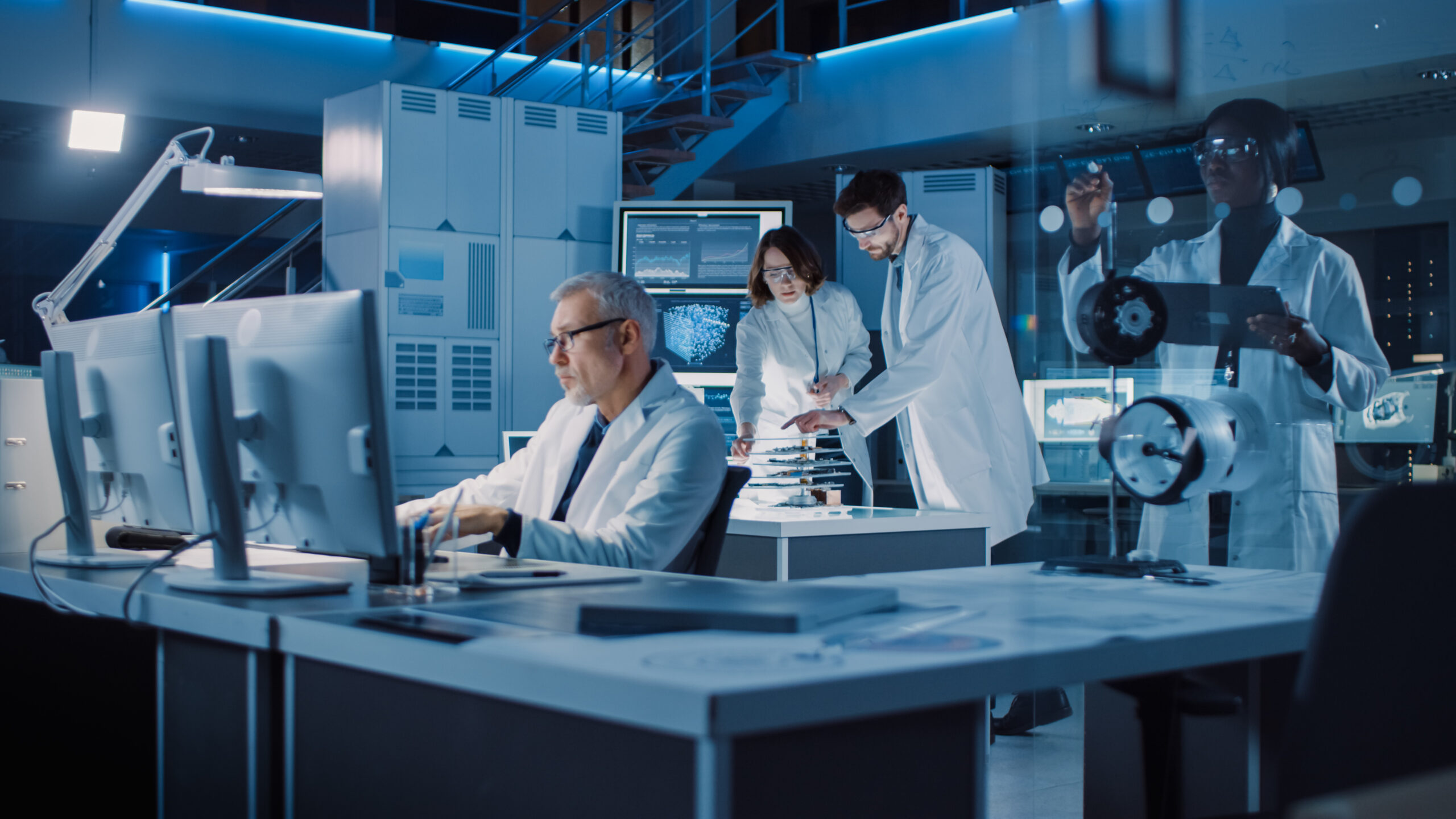This guide delves into cell separation principles, spanning methods like centrifugation and flow cytometry, emphasizing the pivotal role of antibodies and their applications in research and medicine.
Cell separation, a fundamental technique in biological research and medical applications, serves as the gateway to unlocking the mysteries of individual cell types within a heterogeneous mixture. This comprehensive guide delves into the principles and techniques underpinning cell separation, exploring its diverse methods, applications, and pivotal role in advancing both research and medicine.
What is the principle of cell separation?
The principle of cell separation hinges on the unique characteristics inherent to individual cells within a mixture. These distinctive features can include size, density, surface markers, or specific affinities to molecules. Leveraging these traits allows scientists to employ a variety of techniques to isolate and distinguish cells effectively. The overarching goal is to procure pure populations of target cells, a crucial prerequisite for accurate analysis, in-depth studies, and diverse applications in medical research, diagnostics, and therapy.
What are the methods of cell separation?
1. Centrifugation:
Centrifugation separates cells based on their density. By subjecting a sample to high-speed spinning, cells of varying densities are stratified, facilitating their isolation.
2. Flow Cytometry and FACS (Fluorescence-Activated Cell Sorting):
These techniques rely on cell surface markers for sorting. Flow cytometry identifies and counts cells with the desired markers, while FACS takes it a step further, physically sorting the cells based on this information.
3. Magnetic Separation and Pluribead-based Non-Magnetic Separation:
Employing magnetic beads attached to antibodies, these methods enable targeted cell isolation. Magnetic separation utilizes magnets to separate labeled cells, while Pluribead-based non-magnetic separation offers an alternative using non-magnetic beads.
4. Density Gradient Centrifugation:
Cells are separated based on specific weight by layering a sample over a density gradient centrifugation, leading to the formation of distinct cell bands.
Each method offers researchers a versatile toolkit, accommodating various applications ranging from basic research to clinical treatments.
How can antibodies be utilized in cell separation?
Antibodies, the superheroes of cell separation, play a pivotal role by binding to specific antigens or markers on the cell surface. This binding ability is harnessed in both positive and negative selection processes. In positive selection, antibodies selectively tag cells of interest, facilitating their isolation. Conversely, negative selection uses antibodies to label unwanted cells, allowing the isolation of the remaining unbound cells. Antibodies, known for their specificity and versatility, are integral to techniques like fluorescence-activated cell sorting (FACS) and both non-magnetic and magnetic cell sorting.
What are positive and negative cell separations?
1. Positive Cell Separation:
This strategy involves isolating cells of interest by labeling and retaining them, leaving unwanted cells behind.
2. Negative Cell Separation:
Negative selection focuses on tagging and removing unwanted cells, leaving behind the desired cells in the sample.
The choice between positive and negative cell separation depends on the research goals and the availability of suitable antibodies or markers. These techniques find applications in diverse fields, including immunology, stem cell research, and cancer diagnostics.
Why is cell separation important in research and medicine?
Cell separation emerges as a linchpin in both research and medicine, imparting significant contributions to scientific advancements and healthcare practices.
In Research:
Cell separation facilitates the isolation of specific cell populations, enabling detailed studies of their properties and functions. This proves invaluable for comprehending disease mechanisms, driving drug development, and advancing our understanding of biology.
In Medicine:
The importance of cell separation extends to diagnostic and therapeutic applications. It is essential for isolating stem cells for regenerative medicine, purifying immune cells for immunotherapy, and detecting rare cancer cells. The precision provided by cell separation enhances diagnostic accuracy, aids in developing personalized treatments, and contributes to improved patient outcomes.
Can I use cell separation for stem cell research?
Yes, cell separation plays a pivotal role in stem cell research. It allows for the isolation and purification of stem cells from various sources, including bone marrow, blood, or tissue samples. This process is critical for studying stem cell biology, characterizing different stem cell populations, and harnessing their regenerative potential for medical applications. Combining cell separation techniques with specific stem cell markers and antibodies assists researchers in obtaining homogeneous stem cell populations, essential for experiments, therapeutic development, and tissue engineering. Stem cell separation holds the promise of revolutionizing regenerative medicine, offering potential treatments for various diseases and injuries.
Are there any limitations or challenges in cell separation techniques?
Challenges:
While powerful, cell separation techniques come with limitations, including potential cell damage, the need for specific surface markers or antibodies, and the risk of contamination. Some methods may not be suitable for extremely rare cell populations.
Emerging Technologies:
The field of cell separation is witnessing continuous advancements. Microfluidic devices, lab-on-a-chip systems, and innovative non-magnetic bead technologies like pluribead pave the way for more precise and efficient cell separation technology. Additionally, the integration of artificial intelligence and automation is enhancing the speed and accuracy of these methods. These emerging technologies hold promise for improved cell separation in research, diagnostics, and therapy.
In conclusion, cell separation serves as an indispensable tool in scientific exploration and medical progress. Its principles and techniques, grounded in the uniqueness of individual cells, empower researchers and healthcare professionals to delve into the intricacies of cellular functions, opening avenues for groundbreaking discoveries and innovative treatments.
 English
English French
French
 German
German
 Spanish
Spanish
 Belgium
Belgium
 Italian
Italian Brazil
Brazil Chinese Mandarin
Chinese Mandarin




